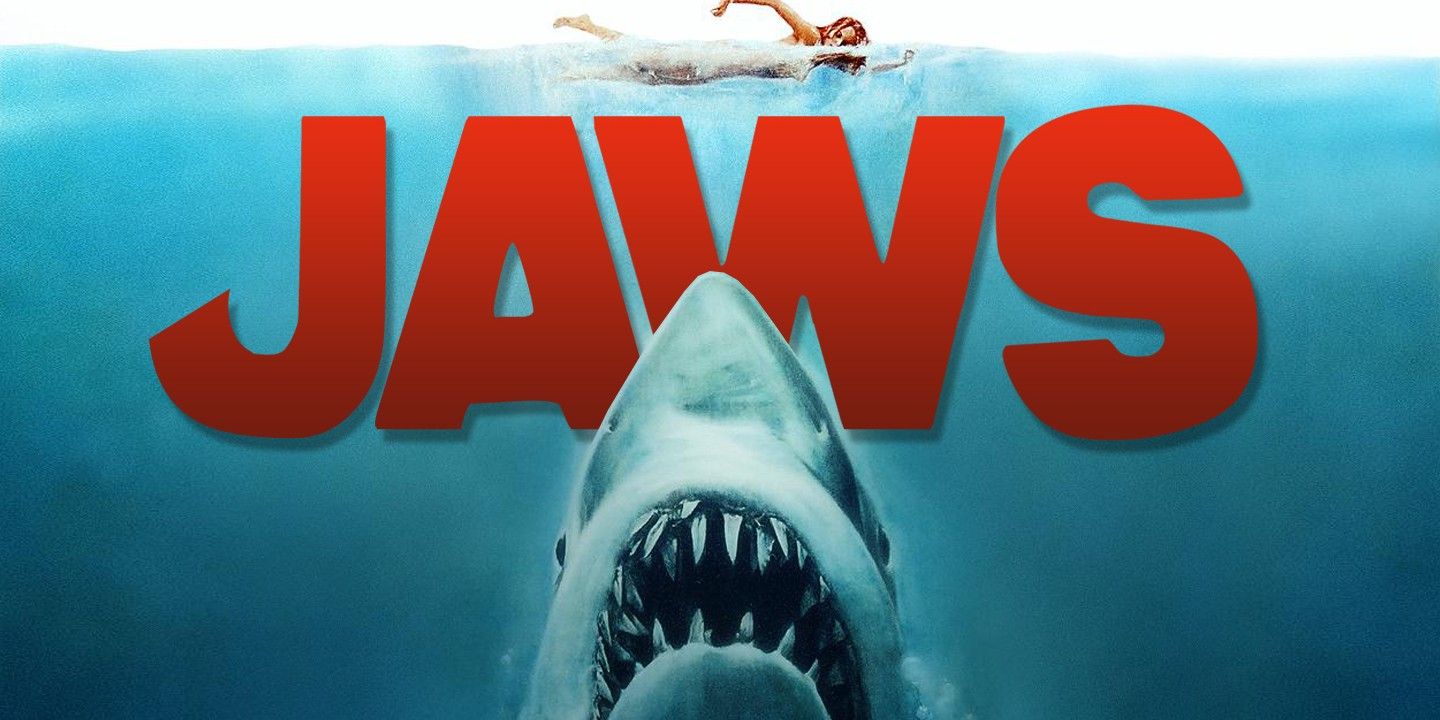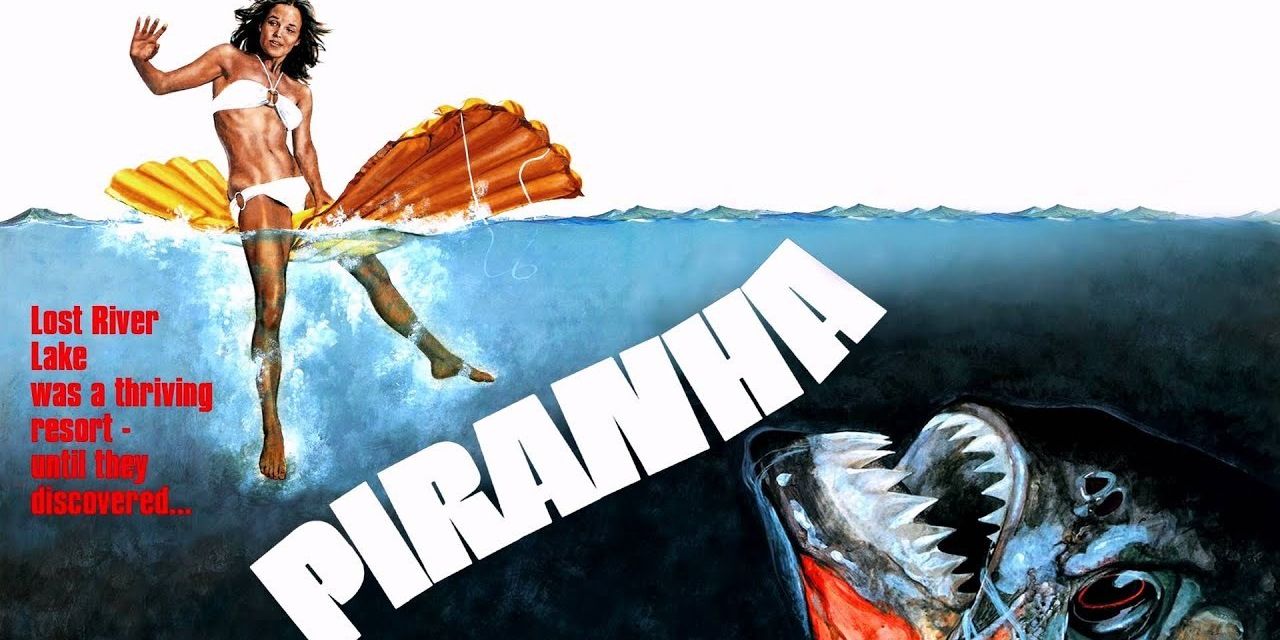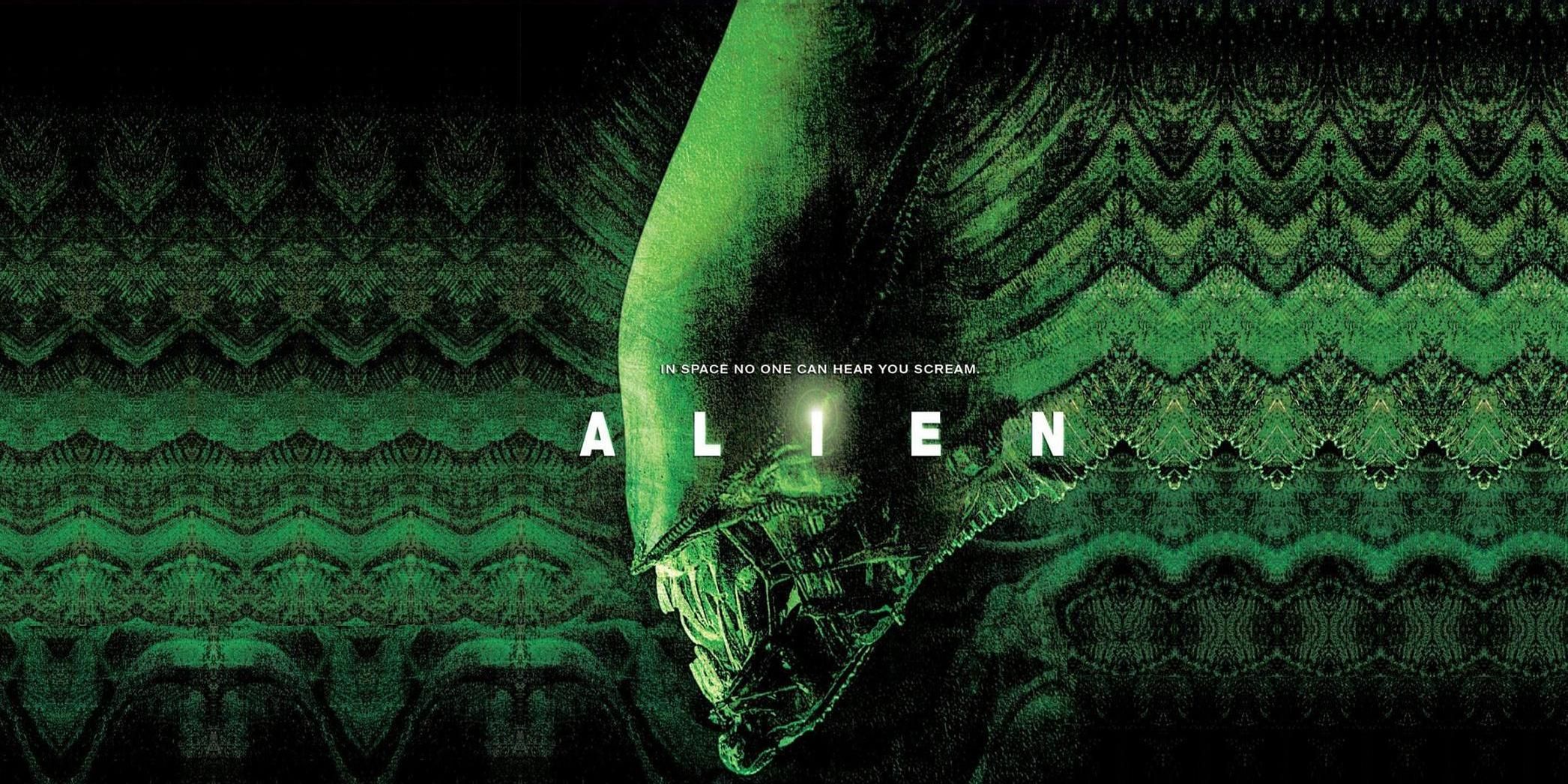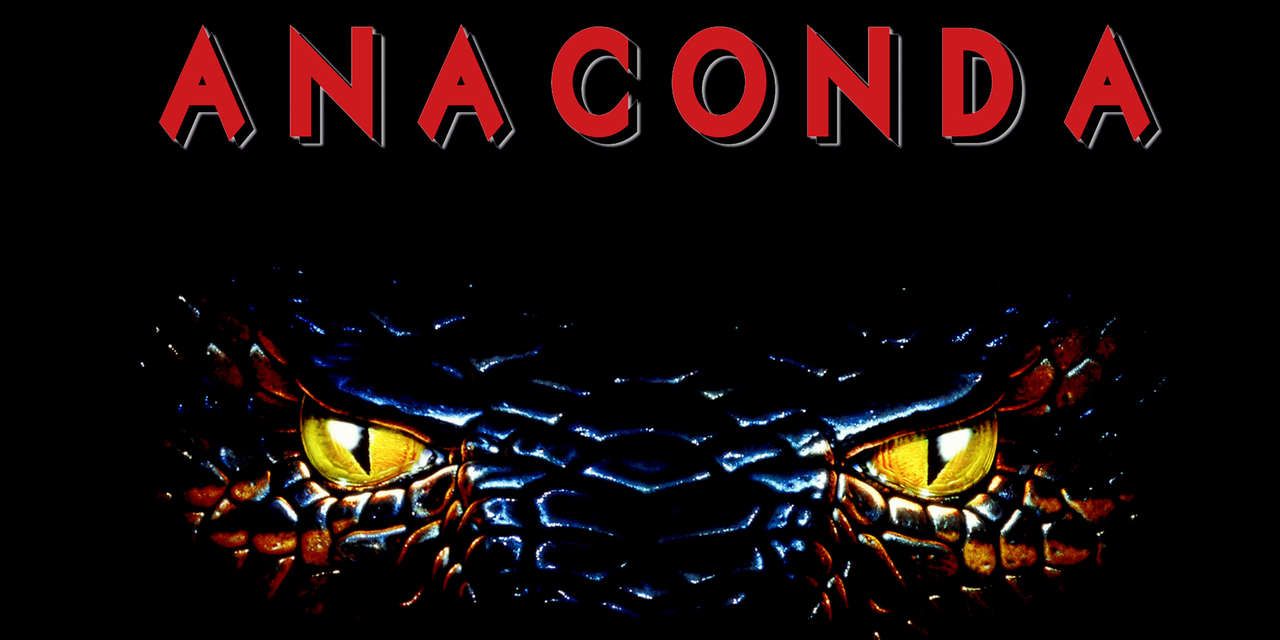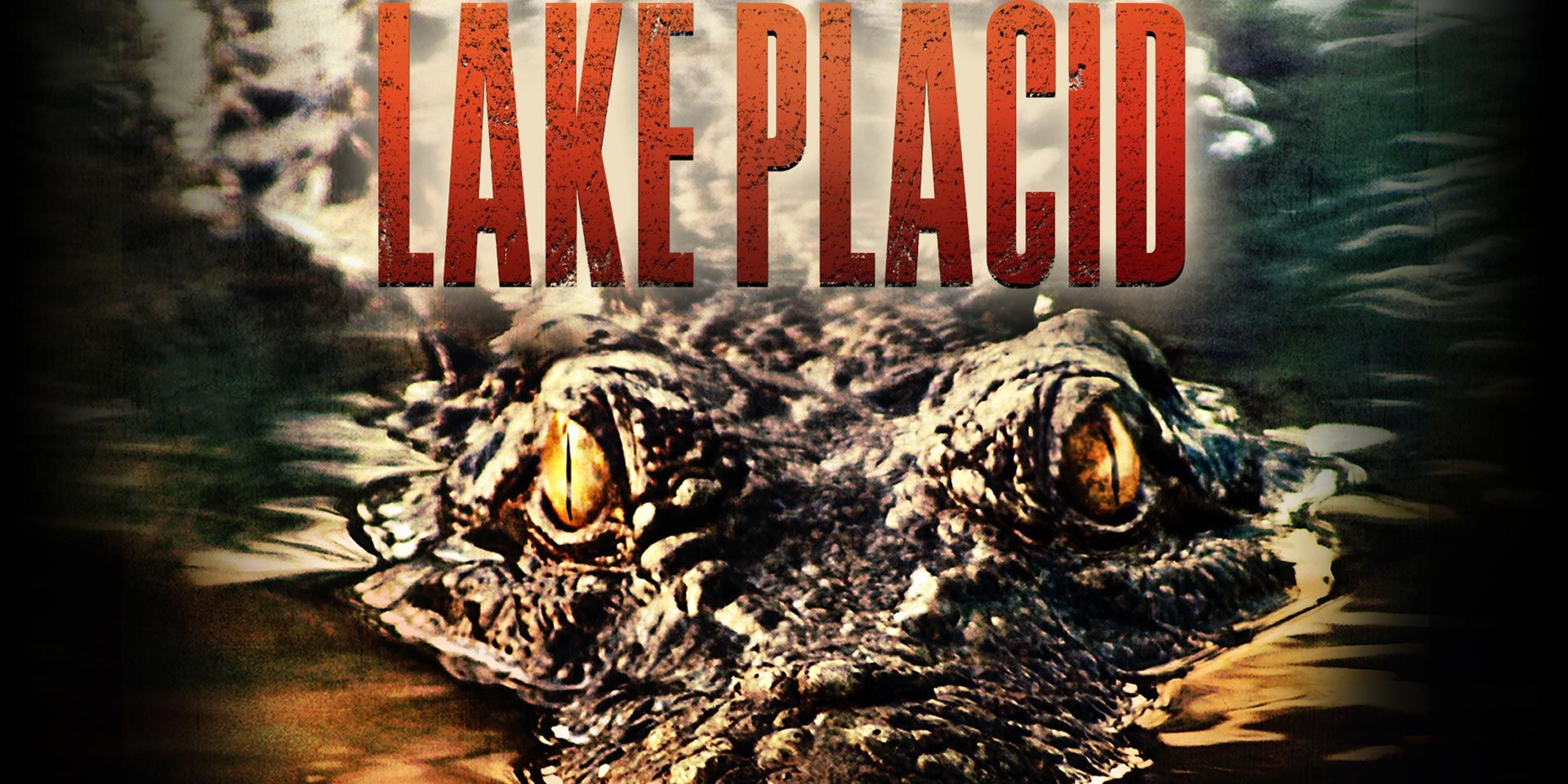Steven Spielberg's first major Hollywood success, 1975's Jaws, is famous for many reasons, including inventing the concept of the summer blockbuster. The term blockbuster was coined to describe the overwhelmingly successful response to the film, with fans eagerly lining up past the theater doors and down the block for their chance to see the movie.
Defining the Blockbuster
Jaws is based on a novel of the same name written by Peter Benchley, which itself was an instant hit. The hardcover novel stayed on the bestseller list for 44 weeks when it was first published in 1974, and the film's release was smartly timed with the paperback release of the book in 1975. This deliberate timing was part of an innovative marketing strategy behind the film. By timing the release of the film with the paperback, they were drumming up interest with the book club demographic and more. Ironically the book that scared people from swimming was read by beachgoers up and down the shores.
The marketing campaign also included heavy television advertisement and merchandising. This led into a groundbreaking wide release, opening in a record breaking 408 theaters; although, this was smaller than the initial release plan. The studio cut the number of theaters, so there would be an instantaneous level of popularity across the United States, and there would be enough scarcity to create the major lineups since the build for the film was so big. Prior to this, almost all films were released slowly and traveled through towns and cities, gradually increasing the number of screenings over an extended period of time.
The film was also not intended for a summer release, but production delays earned it the June spot. At this time, the summer was a cinema dumping ground, but Jaws' massive success changed that, with blockbusters being expected to arrive in the spring and summer. Jaws was followed by Rocky in 1976 and Star Wars in 1977, and these three years of blockbusters changed the industry forever.
Not only did Jaws change the business of Hollywood, it also had a profound influence on the narratives of films that followed. There are countless shark movies that happened due to the success of Jaws, for better and worse, since Jaws lead to an unfortunate misrepresentation of wild sharks, much to the regret and chagrin of Benchley and the team behind Jaws. Despite this misrepresentation, Jaws inspired the narratives of many films, including the ones below.
Piranha (1978)
Just a few short years after Jaws, Piranha, a film about genetically enhanced killer fish who escaped their secure enclosure and travel down river to snack on unsuspecting vacationers, released. With only a couple minor differences, the general premise between this film and Jaws is relatively similar. Director Joe Dante has a reputation for zany and referential filmmaking, which makes the cinematic and narrative parallels between Jaws and Piranha more obvious. This film is largely regarded as the best of the most obvious Jaws rip-offs, a term said with respect in this case.
Alien (1979)
Pitched and marketed as "Jaws in space," the influence of Jaws is clear in Alien's narrative and execution. Along with the isolated setting, the main aspects inspired by Jaws come in the display and reveal of the creature. The facehugger and infant alien are plainly on display, but the grown alien is shown mostly in shadow and in pieces for a majority of the film, just like Spielberg shot the shark. However, Spielberg's motivation was primarily driven by technical difficulties, while director Ridley Scott's decision was to use this technique to build intrigue and suspense.
Anaconda (1997)
At first glance, there are more differences than similarities between Jaws and Anaconda, but through the differences, the impact Jaws had on the film's overall narrative becomes clear. The main difference is that instead of a deadly predator entering a human ecosystem, the humans are the ones who infest the animal's habitat. On the other hand, what is similar is the notorious, rough around the edges, big animal hunter that leads the protagonists against the predator. The influence of Quint from Jaws is seen with Paul Serone of Anaconda. While Serone is more villainous than Quint, both are driven in their pursuit of deadly creatures. In the end, both the shark and snake are blown up by the heroes in order to put an end to the animals' killer behavior.
Lake Placid (1999)
Lake Placid, like Jaws, is about another over-sized, aquatic predator who's attacking members of a waterside community, and it is hunted down by local law enforcement, who are accompanied by a scientist. In this case, the creature is a crocodile instead of a shark, which makes the land just as dangerous as the water for the locals. Unlike Jaws, Lake Placid is better known as for its comedy than it is for its drama, with theatrics played up for humorous and horrific effect. The movie is successful in part because of its ability to lean into the sillier aspects of the Jaws' premise. Director Steve Miner, known for his ability to balance camp and horror, effectively riffed on the Jaws playbook, proving, like the films mentioned earlier, that Jaws' impact can still be seen decades later.

